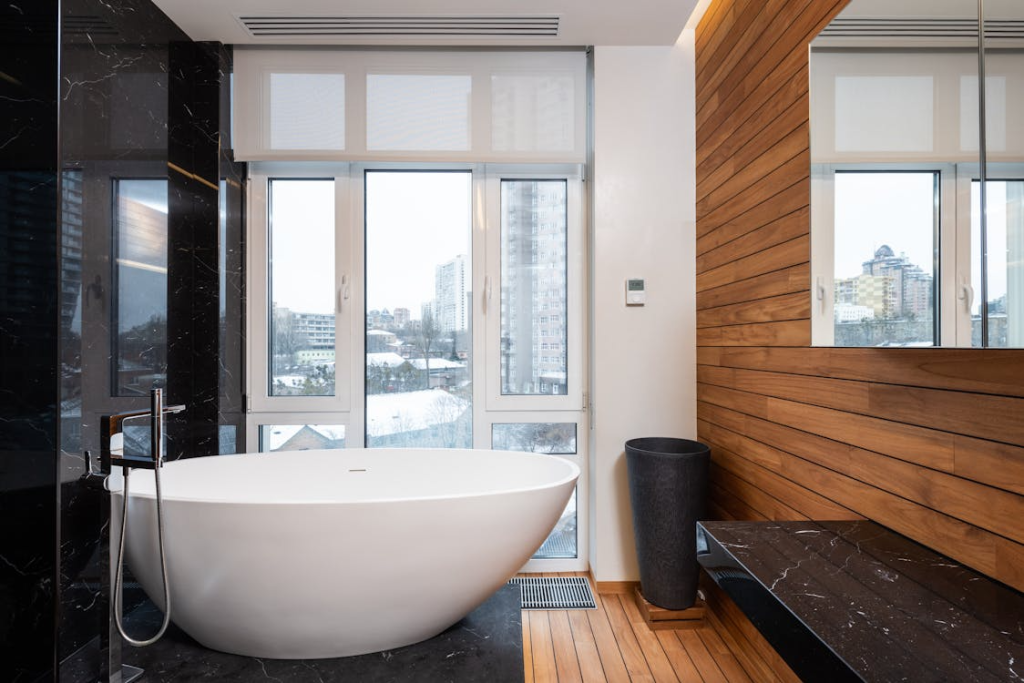Organizing an event often feels like trying to hold water in your hands: no matter how hard you try, small details always slip through your fingers at the most inconvenient moment. And the success of an event is measured not by the amount of money spent, but by the absence of mishaps that a guest might notice. That is why there is a set of unwritten rules that turn everything into a clear, well-tuned system.
1: Timeline Is Only a Guideline, Not a Law
More often than not, beginners organize events back-to-back: 6:00 PM — greeting, 6:15 PM — first toast. In real life, of course, something always adjusts this plan: either the microphone buzzes, one of the key speakers is stuck in traffic, or the guests are more interested in appetizers.
The first secret of professionals is to build in a “flexible” timeline. Invisible 10-15 minute buffers should be added between the main blocks of the program. If everything happens as scheduled, the host simply spends a little more time with the audience, or the DJ plays an extra track. But if, for some reason, there is a holdup, these buffers save the evening from the domino effect.
2: The Venue Should Solve Problems, Not Create Them

Choosing a venue is a chess game where you need to think several moves ahead. Many clients fall in love with the visual aspect — high ceilings or a view from the window — forgetting about logistics. But it is better to look for spaces that function as an ecosystem, where the kitchen, technical zones, and guest hall are logically integrated.
Experienced organizers often prefer corporate event space with full service catering since this removes a huge layer of communication problems that might arise between different contractors. This helps avoid all sorts of awkward pauses and makes sure the service is seamless, which is highly valued at high-level corporate events.
3: Atmosphere — Managed Chemistry of Feelings
A secret that’s seldom written about in books: guests remember not what they were told, but how they felt. Manage the atmosphere by influencing all senses, not just through décor.
Lighting should not be static; background music should be at a volume that allows people to converse without raising their voices. A soft citrus or fresh pastry scent in the welcome area will raise spirits and set a good mood before even the first sip of champagne is had.
4: Technology for Convenience, Not for Show
In the pursuit of innovation, it is easy to create complex constructions that only confuse guests. Use technology to eliminate friction points. For example, if a guest needs to download an app, register, and confirm an email just to ask a speaker a question, that is a failure. Choose solutions that work in the browser with a single click.
Here is what else should be considered when choosing technical and logistical solutions:
|
WiFi capacity |
Verifies dedicated bandwidth & separates guest/production networks |
|---|---|
|
Audiovisual |
Brings external sound processing for zone-specific volume control |
|
Guest entry |
QR code scanning apps with real-time arrival analytics |
|
Power supply |
Audits circuit loads & brings distinct generators for lighting rigs |
|
Feedback loop |
Uses live polling during the event to adjust pace instantly |
|
Lighting |
DMX-controlled scenes shifting with the event’s energy arc |
Meeting these standards enables you to manage the situation at the micro level. Even when guests do not understand the technical subtleties, they feel that everything works properly.
5: Paranoia Is the Planner’s Best Friend
In the event industry, blind optimism is a luxury you cannot afford. The fifth secret is to have a plan “B” (as well as “C” and “D”) for every element of the program. If the event is held outdoors, you must always have a tent or a nearby hall reserved in case of rain. If a live band is performing, you need a playlist and a sound engineer ready in case of equipment failure, etc. Yes, force majeure situations happen, but professionalism lies in ensuring that the guest never even notices them.
6: Décor Should Manage the Flow of People
Beauty should not come at the expense of convenience in movement. Arrange furniture so it would intuitively guide people deeper into the hall. Round tables encourage group communication, while tall cocktail tables stimulate rotation and networking among guests.
Analyze the movement routes of waiters and guests so they don’t cross each other in narrow areas. Proper decoration not only beautifies the space; it serves as navigation, showing where the relaxation zone is and where the active program begins.
7: Menu as a Networking Tool

Avoid complicated dishes that require active use of a knife and fork if the format is a buffet. There is nothing worse than a guest trying to hold a glass and a plate and greet a partner at the same time.
When forming the gastronomic map of the event, we follow these principles:
- Dishes should be “bite-sized,” so they can be eaten neatly without interrupting conversation;
- Each menu item should be accompanied by a card listing ingredients for those with allergies;
- Food and drink stations should be spread across different parts of the hall to stimulate guest movement.
Do not forget that food at an event also serves a social function.
Conclusion: The Art of Being Invisible
It requires discipline and experience to implement these seven secrets, but it is well worth the result. Three cornerstones provide the structural foundation for the event industry: structure, logistics, and empathy for participants. By applying these rules in practice, you will be able to turn any corporate event or conference into an occasion that sets standards for years to come.




















